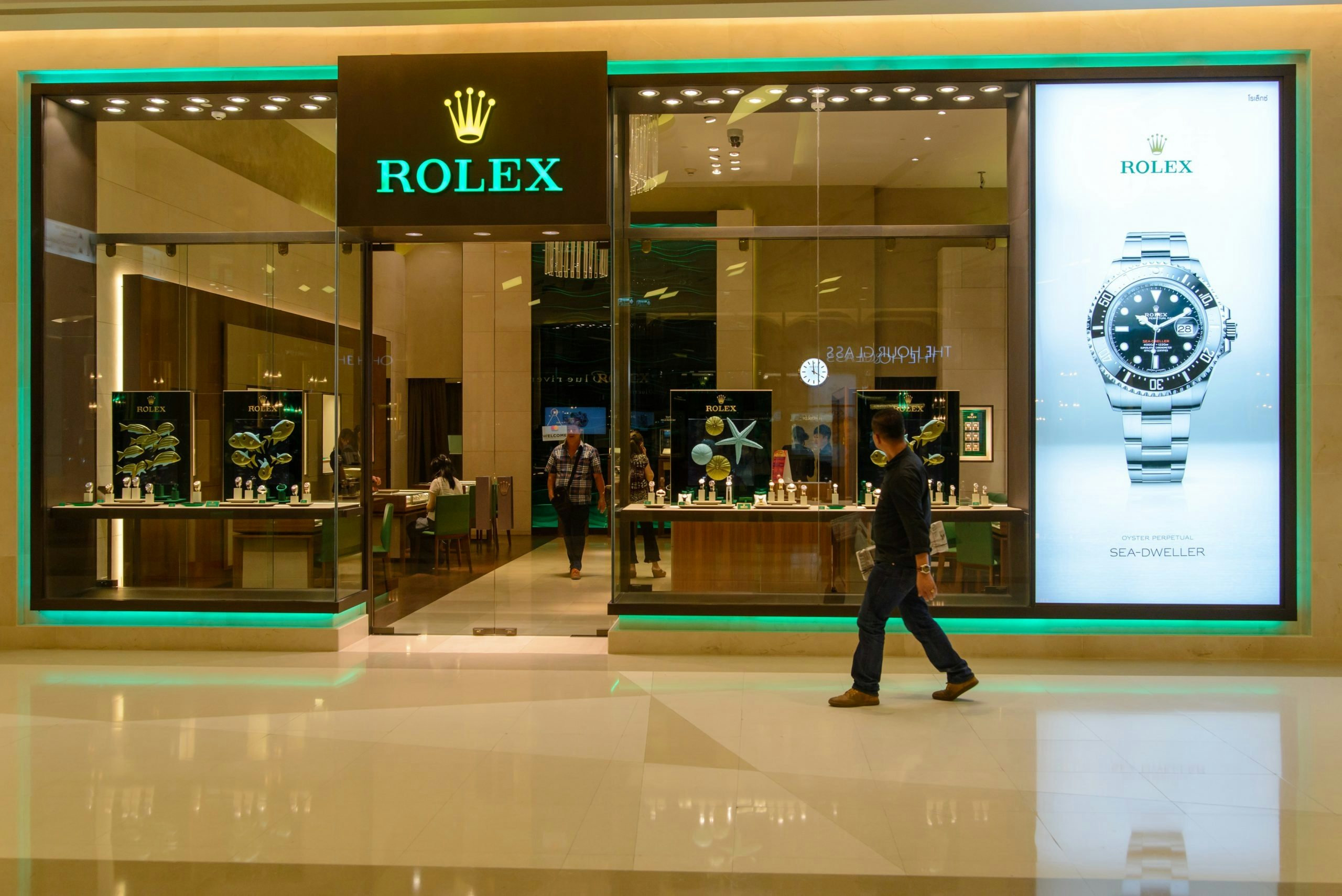Traditionally, luxury brands counted on a majority buyer base of older, established, and affluent individuals and a minority of younger consumers using luxury goods as a means to communicate (or attempt to simulate) personal wealth and social status. And while this style of buying continues to this day, over the past three decades the luxury market has become far more democratic, younger, incredibly digital, and far more globalized (i.e., less strictly Eurocentric), with luxury goods seen not only as a way to signal wealth but also as a way to reflect one’s own personal style and taste.
Key drivers of this shift are millennials, those born between 1981 and 1996, and Gen Zers (born between 1997 and 2010). Whereas luxury, in previous decades, was about exclusivity and conveying wealth and status through the object or logo itself, young luxury consumers today are public and open about their consumption habits and eager to share. According to a BCG survey, millennial and Gen Z consumers are 30 percent more likely than the average luxury consumer to talk to others about their high-end purchases, and 60 percent more likely to recommend a brand to others.
Yet these younger consumers are not just idly browsing luxury sites or gathering inspiration from publications or social media, they’re actively shopping – and encouraging their friends to do the same. In 2019, millennials and Gen Z accounted for nearly 40 percent of global luxury spending, and by 2026, this number will rise to 60 percent. Already in China, Gen Z consumers make an estimated 15 percent of all luxury purchases. And according to the aforementioned BCG survey, Gen Zers spend half of their purchase journey “seeking inspiration and inspiring others,” indicating they remain highly impressionable throughout the path to purchase.

The growing influence of millennial and Gen Z consumers in the luxury industry is reflected in how brands now spread their message and the people they hire to promote them. Today, millennial and Gen Z spokespeople, brand ambassadors, and creative directors are the norm for luxury brands. In China, Generation Z is already shaping up to be particularly influential, with young celebrities like Wang Yibo (b. 1997), Cai Xukun (b. 1998), Fan Chengcheng (b. 2000), and Ouyang Nana (b. 2000) already fronting campaigns for global luxury brands like Chanel, Prada, and Givenchy.
But simply being active on social media, signing young brand ambassadors, and outfitting popular celebrities isn’t enough to reach and influence Gen Z consumers. For starters, as it is among their millennial forebears, strict luxury brand loyalty is basically non-existent among Generation Z consumers. While true globally, it is very much the case in China, where 52 percent of consumers born after 1990 will readily look beyond their “preferred” brands when making purchase decisions, according to McKinsey & Company.
Another key characteristic of Gen Z consumers in China is the pressure they place on brands to keep them interested, with McCann Worldgroup China finding that around 70 percent of Chinese Gen Zers want a brand to provide them something fresh and new, compared to a global average of 50 percent. Gen Z Chinese shoppers are also highly convenience- and service-oriented, with Accenture noting that this demographic prefers to shop online yet also have the ability to engage with an online sales associate on-demand.
In Jing Daily’s latest Market Report, we tackle a question with long-term implications for brands around the world: What are the secrets to selling hard luxury to Gen Z in China? Available now on our Reports page, The Secrets to Selling Hard Luxury To China’s Gen Z addresses this and many other questions in the in-depth, actionable format of our Market Report Series.
Download report HERE.
